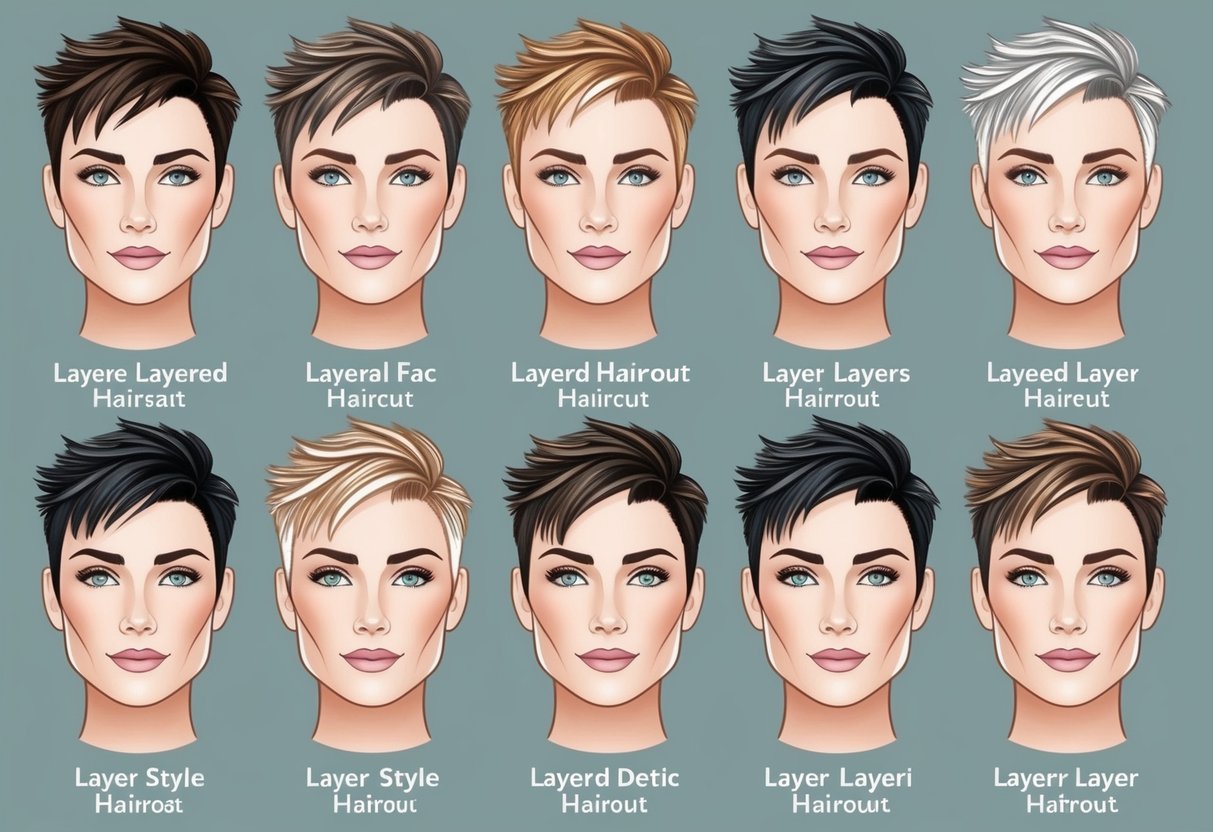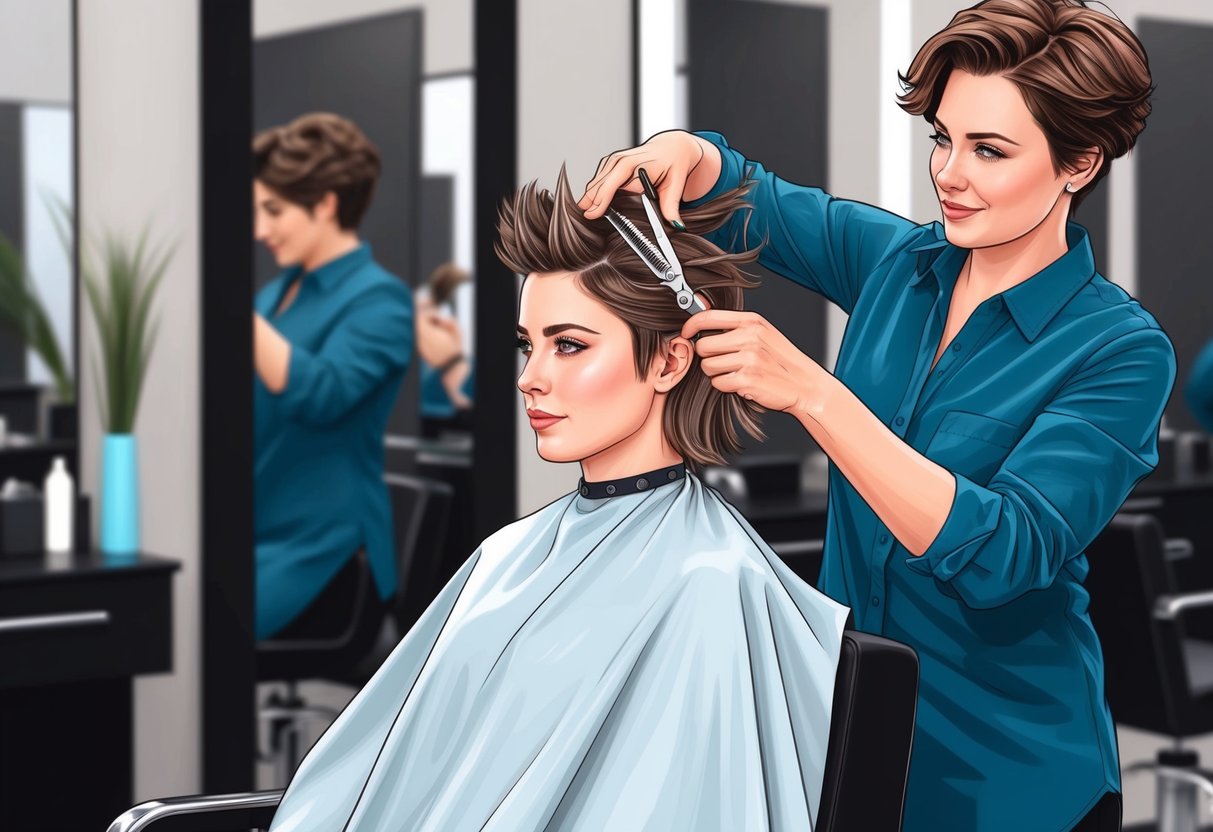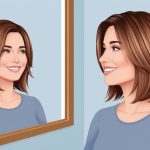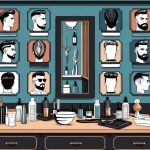
Texturing and Styling Your Layered Haircut

Well-cut layers enhance hair texture, shape, and versatility. The right styling approach can transform straight hair into soft waves, boost volume for fine hair, or create movement in thick curls.
Soft Waves and Curls
Soft waves and curls offer a natural, effortless look for layered haircuts. To achieve this style, use a curling wand or a flat iron on low heat, wrapping sections loosely and alternating directions for more dimension.
Those with naturally wavy or curly hair can amplify definition with a lightweight curl cream or mousse, ensuring the texture appears bouncy without stiffness. For best results, employ the scrunching method: apply product to damp hair and scrunch upwards, which enhances the layers and adds visible separation.
Avoid heavy gels, as these can weigh down the style. A finishing mist of light-hold hairspray can help maintain the waves or curls throughout the day.
Adding Volume and Movement
Layers are designed to create volume and movement, especially for finer hair types that tend to fall flat. Blow drying hair upside down can lift the roots, while a round brush helps generate more body and bounce through the mid-lengths and ends.
Dry shampoo or volumizing spray applied at the roots offers an instant boost and helps styles last longer between washes. For extra movement, try backcombing select layers at the crown, then smoothing the top layer for a fuller yet polished appearance.
Finishing with a texture spray or sea salt spray can emphasize separation and draw attention to the detail in layered cuts. These techniques work well whether the hair is straight, wavy, or curly.
Updos and Ponytails for Layered Hair
Layered hair provides many options for updos and ponytails, though shorter pieces may need to be secured with bobby pins or small elastics. Low ponytails and messy buns show off layers by allowing tendrils and ends to fall naturally around the face for a softer look.
High ponytails benefit from teasing at the crown and adding a barrette or clip to hold shorter layers in place. For more formal occasions, twisting sections, braiding smaller layers, or using texturizing spray before styling can help achieve a purposeful, voluminous look.
With careful placement, even short layers can be incorporated into braids or pinned up for creative, playful updos. For more on finding the best style by face shape, see how to match your layered haircut to your facial structure.
Frequently Asked Questions

Choosing a layered haircut that works for different face shapes depends on facial proportions, hair type, and personal preferences. Understanding the basic relationship between popular hairstyles and specific face shapes helps ensure the most flattering results.
How can I determine which layered haircut suits my specific face shape?
To find the most flattering layered haircut, first determine your face shape by measuring your forehead, cheekbones, jawline, and face length. Common face shapes include oval, round, square, heart, and long.
Once you know your face shape, you can explore styles designed to enhance or balance your features. A comprehensive guide with step-by-step advice is available on how to determine your face shape and which layered styles suit each category at this detailed overview by Luxy Hair.
What are the best short layered hairstyles for each face shape?
For round faces, angled and textured bobs with layers create an elongating effect. Square faces benefit from soft, wispy layers that add movement and soften strong jawlines.
Heart-shaped faces look great with pixie cuts or short bobs that have side-swept layers. For oval faces, almost any short layered style is flattering, due to their balanced proportions.
Can face framing layers enhance my face shape and if so, how?
Face framing layers are designed to highlight and accentuate the natural structure of the face. They can bring attention to cheekbones, soften a strong jaw, or add vertical lines to rounder faces for a slimming effect.
Adjusting the length and placement of the layers allows a stylist to create visual balance, complementing your specific facial features.
Are there any layered haircut recommendations for older women that complement their face shapes?
For older women, subtle layers can add lift, movement, and a youthful appearance without requiring a dramatic chop. Soft, shoulder-length layers suit most face shapes and help keep hair looking healthy and full.
Layered bobs, long side bangs, and textured shags are also good options for mature clients, as they flatter a variety of facial profiles and are easy to style. More suggestions can be found in this article on layered haircuts for every face shape and style.
How do hairstyles with layers differ for men and women based on their face shapes?
Layered haircuts for men often focus on creating structure, adding volume, or enhancing jawlines and cheekbones. Shorter, choppier layers work well for rounder faces, while longer layers help soften sharp angles on square or rectangular faces.
For women, layered cuts tend to focus more on movement and shape, framing the face to enhance or balance features. The approach often involves finer graduation and more variety in length, depending on the style and client preferences.
Where can I find visual aids or apps to help me choose a layered haircut that flatters my face shape?
Visual guides, online tools, and hair simulation apps can help users preview different layered haircuts on their own face shape.
Tutorials and diagrams are available on professional hair blogs and salon sites.
Step-by-step videos and face shape guides with example images can assist in making an informed decision.
A helpful resource with visual inspiration and advice is this guide to hairstyles for different face shapes.



